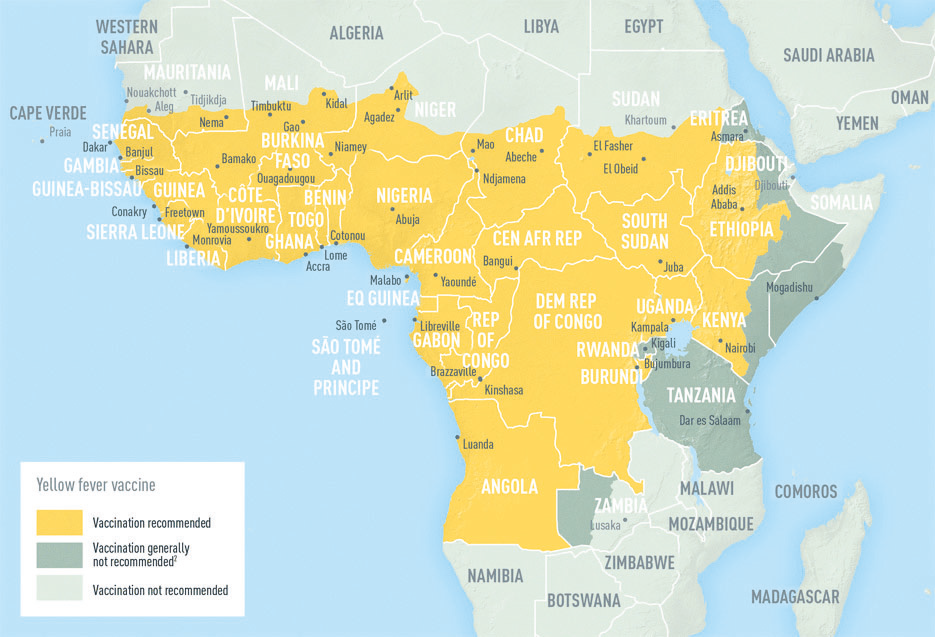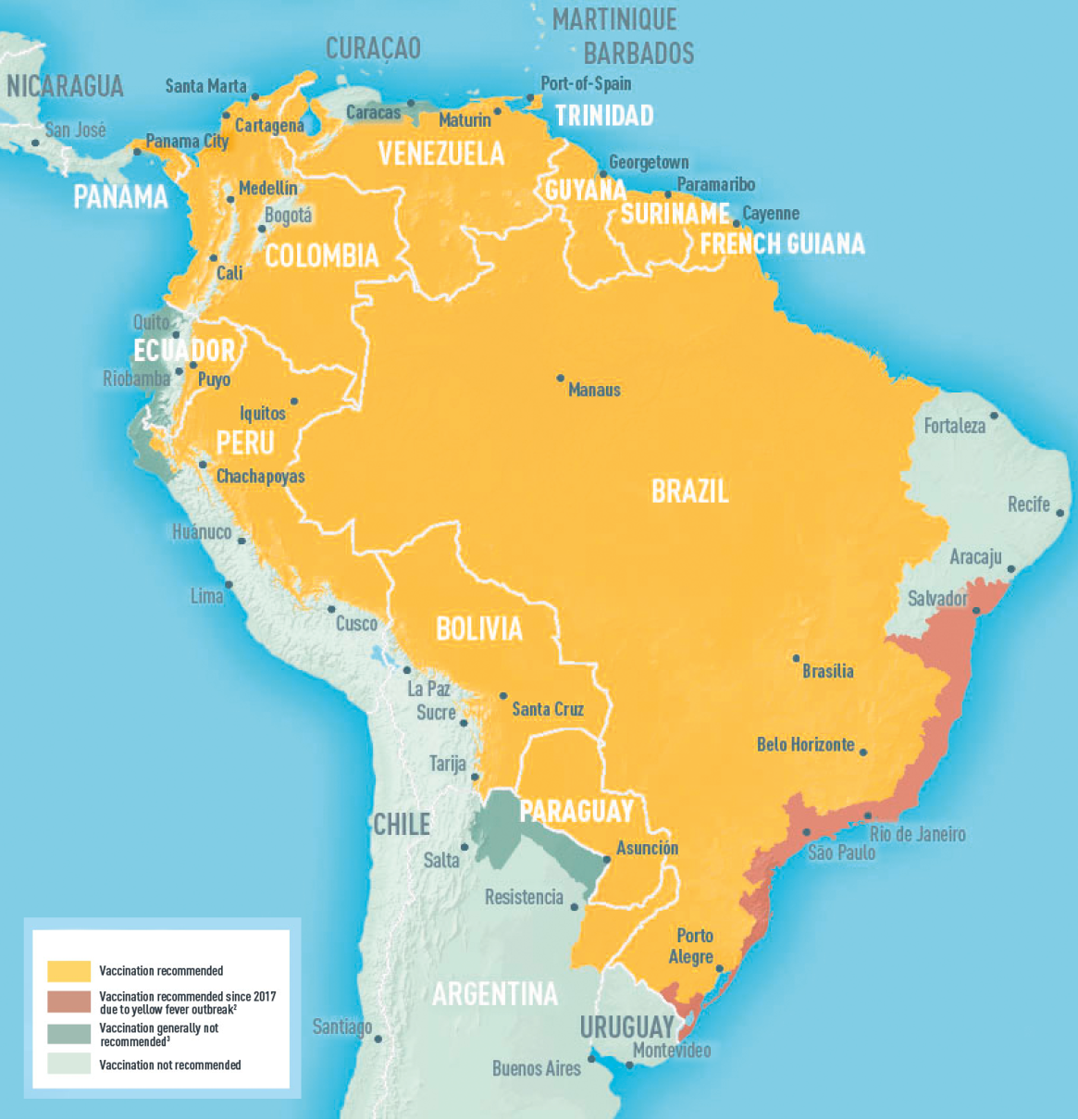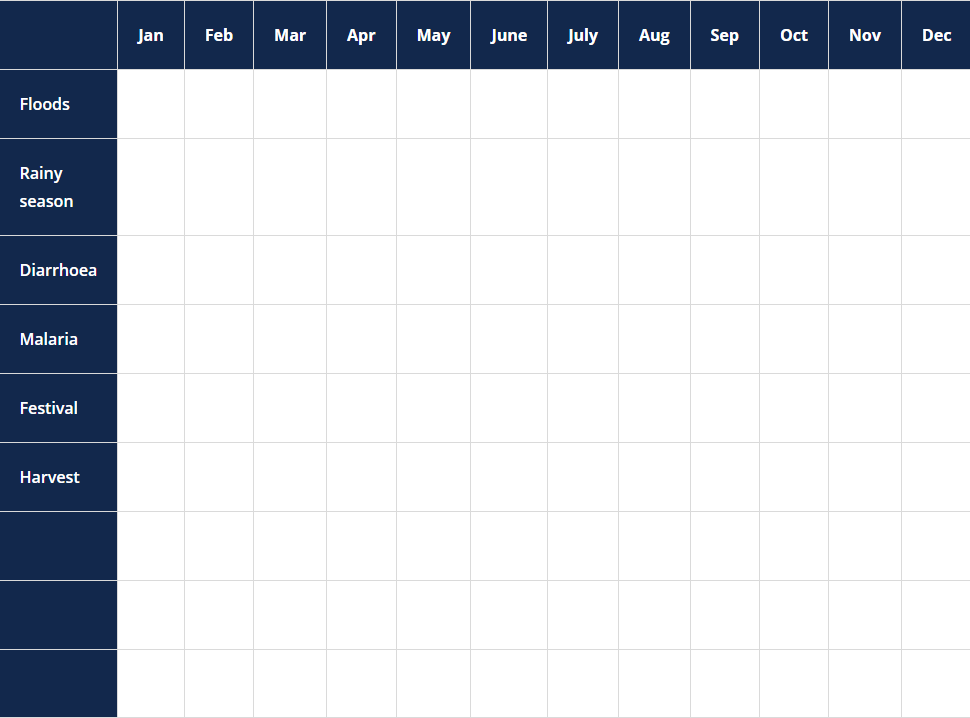Session 2.3. Understanding risk
By the end of this session, you will be able to:
- Explain the idea of risk.
- Identify the different kinds of risks in your country and community that may lead to an epidemic.
Part 2.3.1. What is risk?
If you can establish the risks associated with an epidemic, you will be able to prepare yourself and your community to manage epidemics better.
| Epidemic risk |
|---|
| is the likelihood or possibility that a certain kind of epidemic will occur in a community, taking into account the vulnerability of the population, the diseases in the community, and the surrounding environment. |
When the risk of an epidemic INCREASES, it means that an epidemic is more likely to occur.
When the risk of an epidemic DECREASES, it means that an epidemic is less likely to occur.
Remember that risks can be increased and decreased by community and individual behaviour and practices, and by perceptions and beliefs about disease.
| Threat |
|---|
| A disease is already present in the community, clean drinking water is lacking, it is the rainy season, and there are more mosquitoes. These are threats that increase the risk of a malaria epidemic. With your colleagues, try to think of more examples of threats that can increase the risk of different kinds of epidemic. |
| Vulnerability |
|---|
| The children in a locality are malnourished, which makes them more vulnerable to infection. Their poor nutrition increases the likelihood of a severe epidemic of diarrhoeal disease. Think of more examples of vulnerability that increases the risk of an epidemic. |
What affects risk?
Several factors influence or determine the likelihood of an epidemic (the level of risk). For many diseases, the risk of an epidemic is influenced by the time of year and the season. Risk increases at certain times of the year and decreases at others. Can you think of diseases that tend to occur in certain seasons? Tell your facilitator and colleagues.
Why is it important to know about risk?
It is important to know about risk because, if we can identify factors that increase risk in our communities, we will be better able to prepare for and perhaps prevent epidemics. It is always preferable to prevent epidemics rather than have to respond to them. We need to understand the risks associated with each of the diseases that will be discussed in 4.6.
Part 2.3.2. Risks in your country and local community
To identify the threats and vulnerabilities that increase the risk of an epidemic, it is important to know which diseases usually cause epidemics in your community or country.
Different infectious diseases are present in different regions of the world, which means that some regions are more vulnerable to certain forms of epidemic. Knowing what infectious diseases are present in your country will help you to foresee which epidemics are most likely to occur in your area. You can then prepare appropriately. For instance, malaria is mainly present in tropical climates. If you are in a tropical country (in Africa, for example), you should be prepared for a malaria epidemic.
The two maps below tell us which countries are affected by yellow fever and are therefore more likely to experience a yellow fever epidemic. Looking at the maps will help you to determine if your country is at risk. Talk to your National Society or local branch about finding more maps and resources that can be used to assess the epidemic risk in your community.
When you look at the maps, can you say whether your country is at risk of a yellow fever epidemic?
Figure 8. Yellow fever epidemic maps


Risk in your local community
It is not enough to know whether your country is at risk of an epidemic of a particular disease, because this does not always mean that your local community is at risk. You have to know what the risk is to your local community too.
Unfortunately, it is not always easy to obtain detailed maps that show the risks of specific diseases in all areas of a country. There are other ways of finding out the risk of different diseases and epidemics in your local community. For instance:
- Draw on your own knowledge of the community.
- Consult other people in the community who are familiar with threats to the community and its vulnerabilities. Include mothers, farmers, fishermen and hunters, for example. They are always a good first source of information.
- Talk to community and religious leaders.
- Ask doctors and nurses in the local health centre, who know a lot about which diseases are likely to occur in your area.
In the next exercise, we will learn more about risks in our local communities.
Group work
Form groups. Try to identify issues in your community that increase the risk of an epidemic. Write them down, separating threats from vulnerabilities. You may want to reference the disease groups in 4.6.1. Remember to think about threats that increase exposure to disease, including community beliefs and practices.
Now we know how to think about risk. Remember to use the knowledge you have learned from your community to prepare well for epidemics.
Part 2.3.3. Seasons and epidemics
Epidemics do not occur spontaneously at any time of year with no reason. In fact, they usually occur at specific times, because of the season, or specific conditions or activities. Many epidemics occur repeatedly in the same season or at the same time of year. An example is malaria, which occurs in the rainy season.
If we understand the risks and the diseases in our communities and their relation to the seasons, we put ourselves in a better position to prevent and control epidemics. To do this, we need to map the relationship between the seasons, epidemics, and different activities of the community.
A seasonal chart shows potentially dangerous times of year when the risk of an epidemic is highest. We can use the chart to record community activities and the epidemics that occur.
Below is an example of a seasonal chart:
Table 2. Example of a seasonal chart

Can you think of other events to put in the left-hand column? Tell your facilitator or colleagues.
Participate
Your facilitator will draw a seasonal chart on the board. Suggest other events to include and put them in.
You can see that we do not have all the information we need to complete the chart. How can we get this information? Suggest information sources to your facilitator.
Go back to Part 2.1.2. to remind yourself who are good sources of information. Think who might have knowledge of the different events listed in the chart. Share your ideas with the facilitator and colleagues. When the chart is complete, hang it on the wall.
Part 2.3.4. Mapping risks, vulnerabilities and resources
The chart can be useful when you want to visualize where the risks, vulnerabilities and resources in your community are. You can create a general map of epidemic risks or a map for each disease you want to monitor. The questions below can help you to collect information on risks and vulnerabilities.
Community-based risk assessment questions
Make a map of the community and mark the information you gather on the map.
- How many people live in the affected community or area?
- How many children are under five years of age?
- Who and where are the most vulnerable people?
- Are children in the community generally well nourished?
- How common is breastfeeding?
- Are children in the community vaccinated?
- Do people always have enough food?
- Where do people obtain their drinking water? Is the source “safe”? Do people treat their water?
- What sanitation facilities (including communal latrines) are available? Do people use them?
- What handwashing facilities are available (in households, markets etc.)? Do they have soap?
- Where in the community do mosquitoes breed?
- Where and how is rubbish disposed of?
- What material are houses made of? Do they keep insects out? Are they too hot or too cold?
- With respect to hygiene, sanitation and water, what are the community’s practices? What beliefs do people have about sanitation and hygiene?